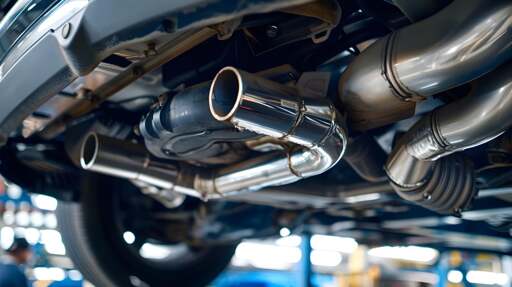OMG they’ve actually introduced the 2025 Turboencapulator.
In simulations mimicking high-speed environments, the waste-heat system demonstrated great versatility; their system produced up to 56 W for car-like exhaust speeds and 146 W for helicopter-like exhaust speeds, or the equivalent of five and 12 lithium-ion 18650 batteries, respectively.
A great step!
Next is build one.
Then cheap-ish and durable.
I doubt this will ever become any useful at all. 50 Watts is nothing compared to what the car engine outputs at high speed. Even a small engine has some 35kW, i.e. 35000 Watts.
I doubt regenerative braking will be ever useful at all because Lord knows you’re not going to get the same energy back that you took out while driving. /s
This is just to increase efficiency.
Sometimes efficiency gains aren’t worth the cost and complexity. Regenerative braking produces a shitton more power than this, so it’s worth it. You can get the same thing by slapping a solar panel on the roof. Which nobody is doing because it’s too costly and complex for what you get out of it.
I could see it maybe being used as an emergency back up alternator, just enough to keep lights on and engine firing (with storage) to get you to safety.
Do alternators fail that often?
Nope. It does suck when they do.
Wouldn’t be powerful enough actually. You’re better off having a battery that’s in good condition. I’ve done nearly 100 km with the alternator belt off. It being a diesel, it didn’t need to fire sparks though.
It being a diesel, it didn’t need to fire sparks though.
That’s cheating :P
isn’t this basically the old F1 MGU-H system that they kept having issues with and eventually gave up on?
Show this to any automotive engineer and count how many seconds before they start laughing
This type of technology and the concepts of energy conservation and recovery are so damn cool. Think of drainage recovery systems for showers sinks and gutters, sewage, and on and on for various applications and types of recovery.
I remember when I first learned about regenerative braking when the first Priuses were coming out. Shit blew my mind.
The article opens with saying only 25% of the fuel’s energy gets used by the motor, 75% is in the heat of the exhaust. I’ll take that as a given. Let’s assume a small motor (in this inventions favour) with a nominal power of only 60 kW, running only at half tilt, 30 kW.
That gives us 90 kW in the exhaust heat by the numbers of the article. So the 56 W it captured in the simulation would be 0.046% of the total 120 kW power being converted by burning the fuel, raising the efficiency from 25% to 25.046%.
The headline is so massively overstated it’s basically just a lie. If the device was built, not just simulated, and you’d manage to substitute part of the alternator’s ouput with the thermoelectic generator’s output, the effect on fuel economy would be below the measurable level.




